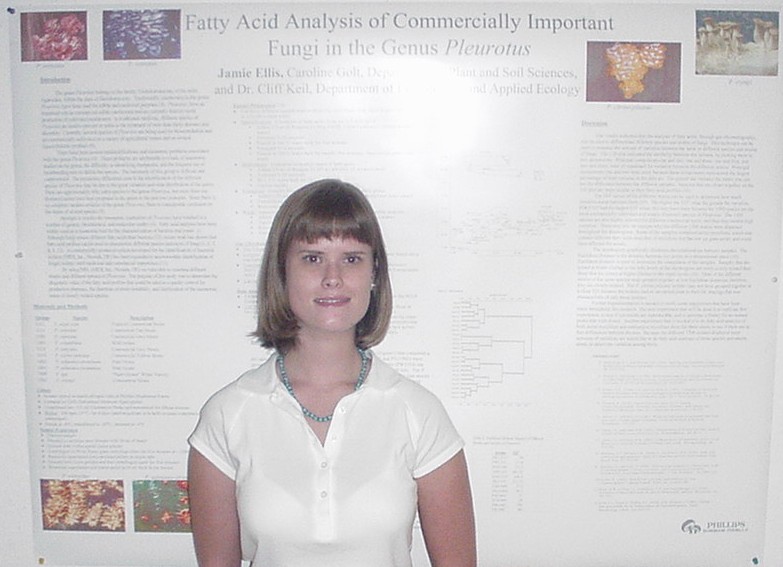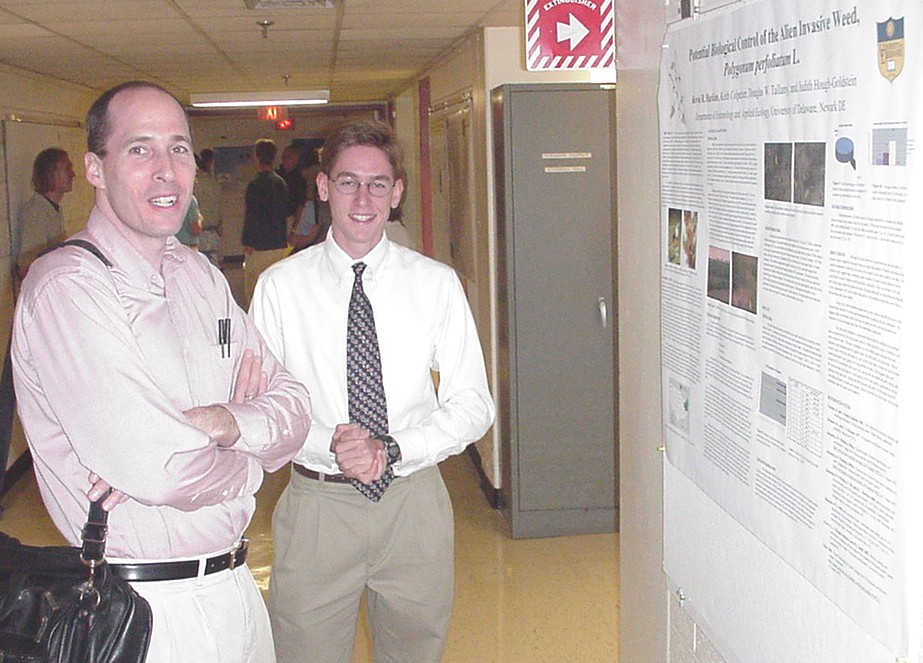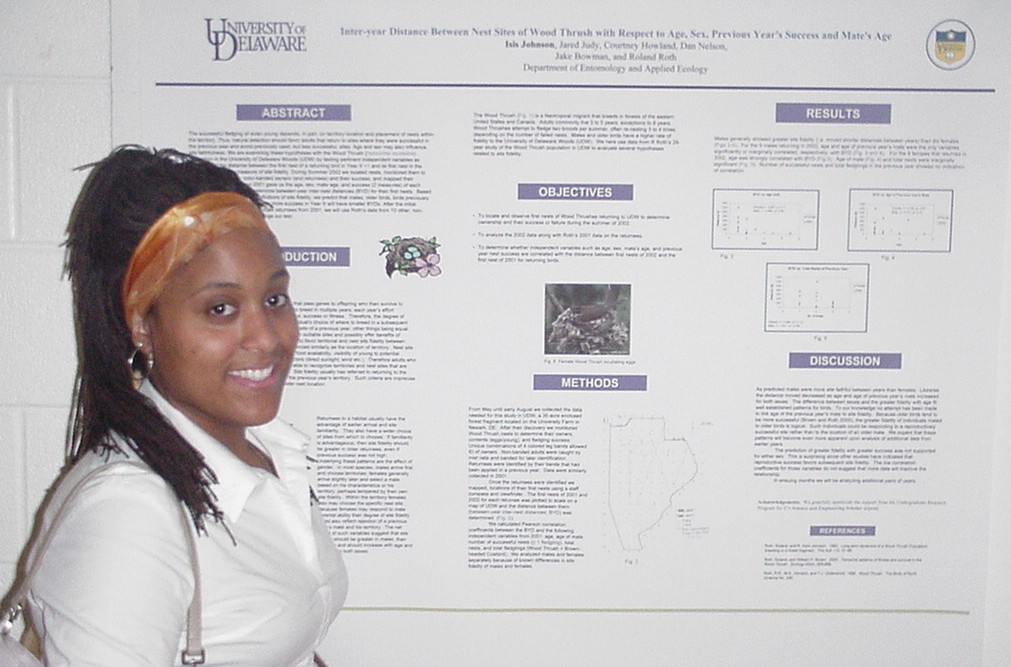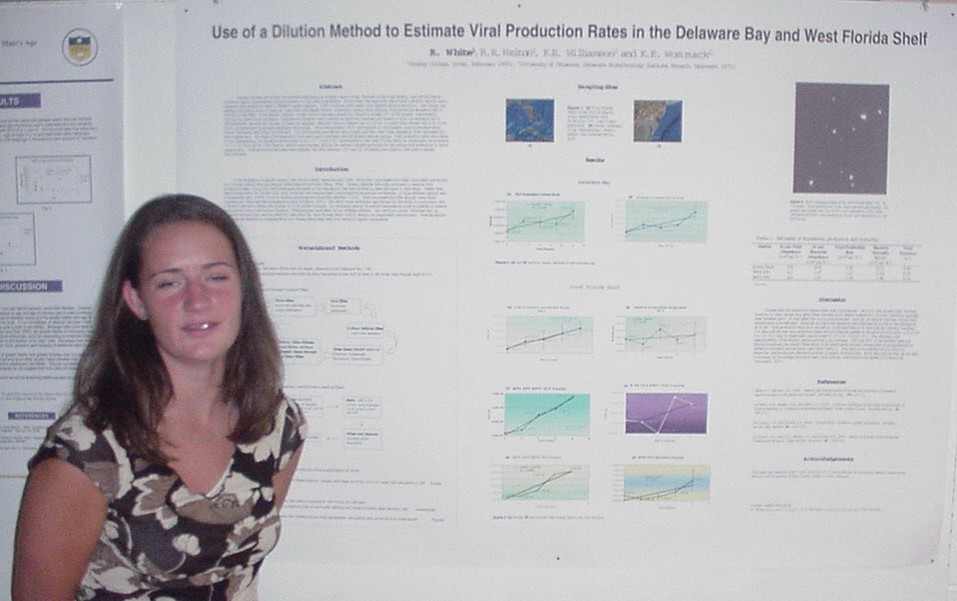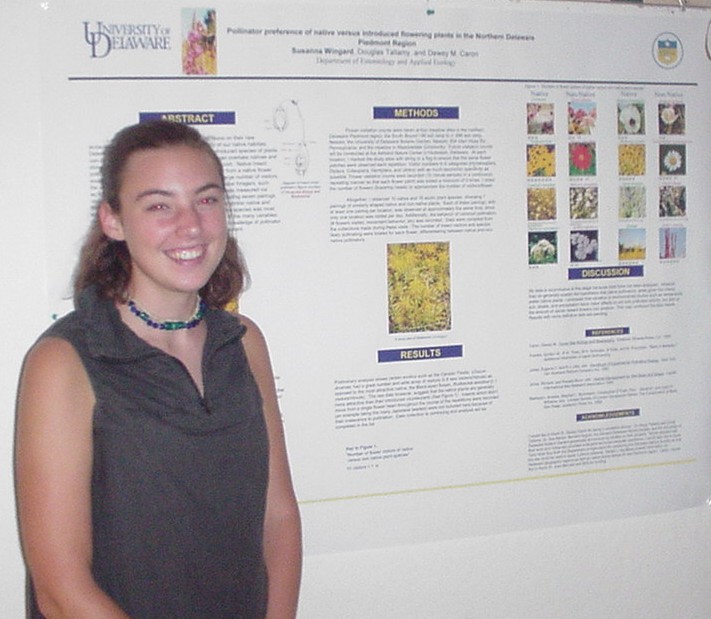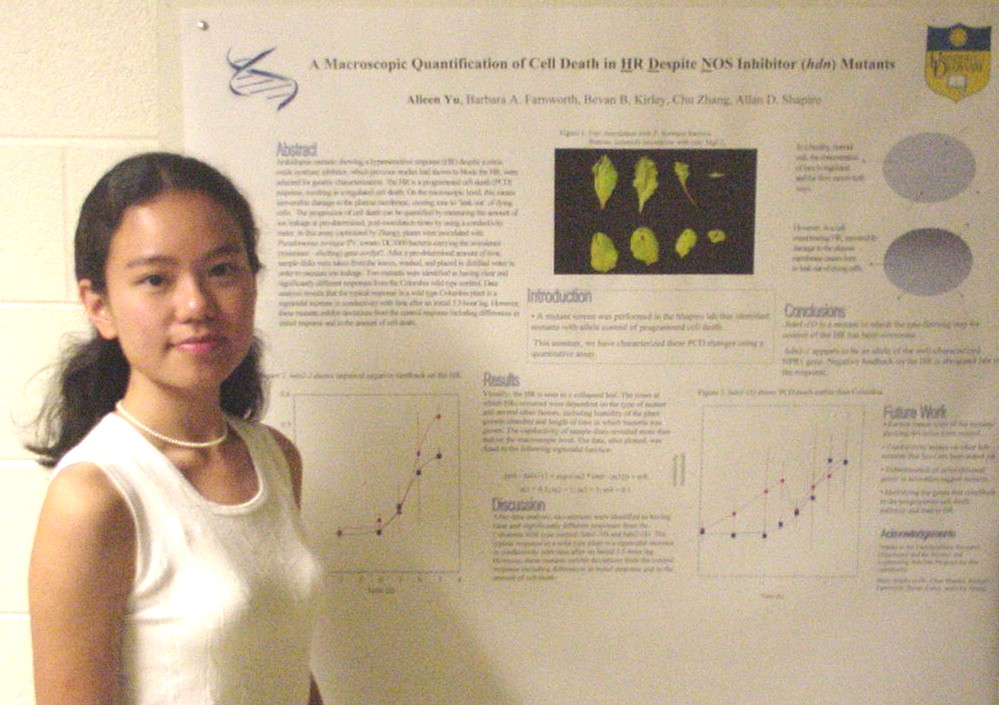Jennifer Carr and Limin Kung Jr., Department of Animal and Food Sciences
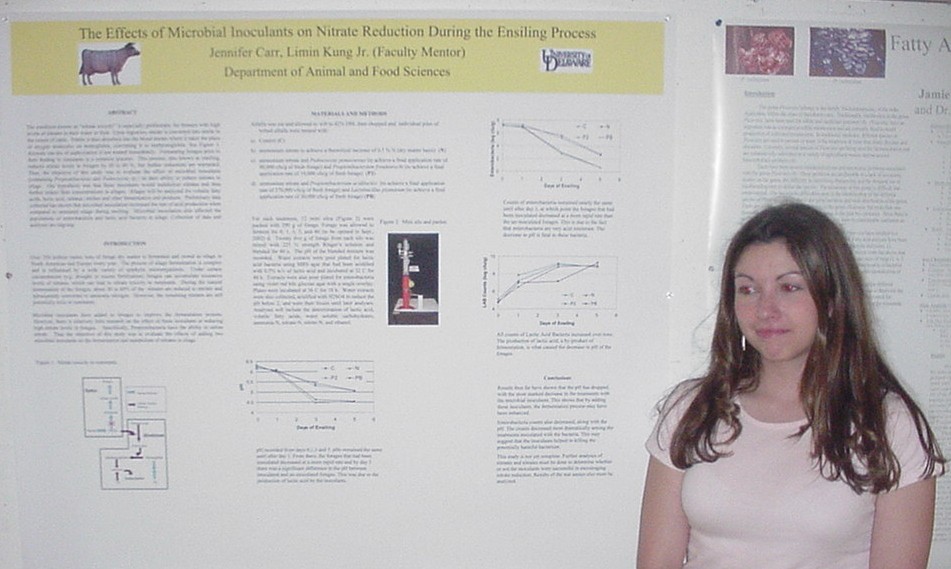
The condition known as "nitrate toxicity" is especially problematic for farmers with high levels of nitrates in their water or feed. Upon ingestion, nitrate is converted into nitrite in the rumen of cattle. Nitrite is then absorbed into the blood stream where it takes the place of oxygen molecules on hemoglobin, converting it to methemoglobin. Animals can die of asphyxiation if not treated immediately. Fermenting forages prior to their feeding to ruminants is a common practice. This process, also known as ensiling, reduces nitrate levels in forages by 30 to 70 %, but further reductions are warranted. Thus, the objective of this study was to evaluate the effect of microbial inoculants (Propionibacteria and Pediococcus) on their ability to reduce nitrates in silage. Our hypothesis was that these inoculants would metabolize nitrates and thus further reduce their concentrations in silages. Silages will be analyzed for volatile fatty acids, lactic acid, nitrates, nitrites and otherfermentation end products. Preliminary data collected has shown that microbial inoculation increased the rate of acid production when compared to untreated silage during ensiling. Microbial inoculation also affected the populations of enterobacteria and lactic acid bacteria in silage. Collection of data and analyses are ongoing.
